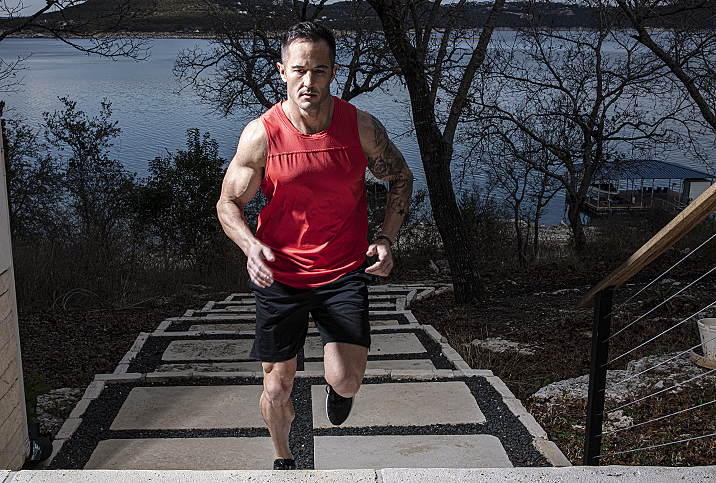How To Train For Your First Spartan Race

Spartan races are athletic events that involve trail running and challenging obstacles. The usual categories include:
- Sprint, a 5K trail race with 20 obstacles, including monkey bars, wall climbing, archery and tire flipping.
- Stadion, a 5K race has 20 obstacles and takes place in famous stadiums around the world.
- Super, a 10K race with 20 obstacles.
- Beast, a half marathon (21K) interspersed with 30 obstacles.
- Ultra, a brutal 50K race with 60 obstacles.
Spartan competitions offer a series of endurance races, including a 60+ hour "Agoge" race, Peak Races on the mountains of central Vermont (some with snowshoeing or biking), the Hurricane Heat for team racers and the Death Race that's full of surprises and can last up to 70 hours.
Most first-timers start with a Sprint or Stadion race. You can choose from an Elite Women’s or Elite Men’s event, which are competitive, or an open race. Open races still require the same level of stamina and physical strength, but there’s slightly less pressure and you’re allowed to swap an obstacle for 30 burpees if needed.
Scoping out the location
Spartan races happen worldwide, and many people choose faraway destination locations to make a trip out of it. You can race any time of the year in any weather imaginable, from summer races in California to winter races in Asia or Mexico. Spartan likes to keep you on your toes by not giving away all the details of the trail or obstacles. You’ll never know what to expect.
You can find details about the altitude, terrain and typical weather conditions on the Spartan website for most races. There are several YouTube videos from past racers who wore cameras as they traveled through specific events. Watching these can give you a better idea of what to expect at your chosen location.
Getting your gear
Race start times may be early in the morning, midday or at night. If you’re running a night race, you’re required to wear a headlamp.
Experienced racers always advise training in the footwear and clothing you plan to wear on race day. This way, if anything is uncomfortable, you’ll know ahead of time and have the opportunity to make adjustments. You’ll need shoes supportive for running that provide traction and flexibility for climbing.
Clothing and socks should be sweat-wicking and waterproof since there’s always a chance you’ll have to wade through water or mud during the race. Most people prefer compression material made from synthetic fabrics.
Given the number of climbing and carrying events, you may find gloves helpful. Some people wear gloves for the race duration and others keep them in a pocket for specific obstacles.
Prioritize your training
Spartan races are supposed to be fun but don’t make the mistake of underestimating the physical demands. Even if you’re a seasoned runner or weightlifter, you’ll need to work on functional fitness and moves that mimic the obstacles you’ll be facing. It takes time to build the grip strength, endurance and flexibility needed to make it through the race.
You may also want to practice crawling, archery, carrying heavy loads and pulling. Training in various environments such as a rock-climbing wall, CrossFit gym, boot camp class or even your local playground will help you prepare for a wide range of exercises. To work on your ability to hang and pull yourself up, you can buy a removable pull-up bar that fits on your doorway at home.
Make sure to schedule your workouts in advance to put in the time and consistency to build your baseline fitness level. It couldn’t hurt to participate in a few local 5K trail races leading up to your Spartan race event. Training alone will get you so far, but participating in a competitive event can give you an honest assessment of your progress.
If you skip an obstacle, you’re looking at 30 burpees to make up for it, so review proper form and make sure you have the endurance to perform several in a row. Consider supplemental training with planks and bench presses.
Be ready for anything
Perhaps the toughest aspect of a Spartan race is the element of surprise. Even with hours of preparation, you may end up with an obstacle or two you’re not familiar with. All you can do is try your best. If you really can’t complete the activity, do your burpees and move on. The spirit and camaraderie among racers can help propel you through challenges that seem out of reach. Once you’ve completed your first race, you’ll be better equipped for next time.


















